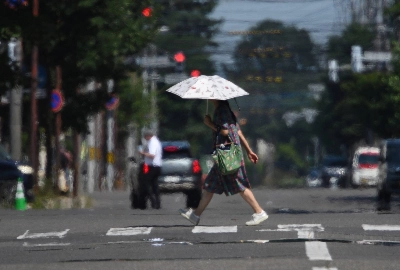When a hurricane or a wildfire strikes, the economic damage is usually very visible — roofs are ripped off or charred homes line roads. Heat waves cause financial damage, too, but it’s more diffuse: Farm crops might wither, construction workers pause or data centers sputter out, forcing customers offline.
Climate risk models, which are widely used in the insurance industry, can estimate the likelihood that fires or floods will affect a specific place in the U.S., even down to the address level, and how much damage that would wreak. So far, the models don’t typically make detailed projections for extreme heat. For one thing, heat is less of a threat to real estate than it is to health, energy infrastructure and the food supply.
But cities, businesses and insurers need the financial risks to be outlined more clearly, and some believe a new market for heat insurance — driven in part by artificial intelligence and the need to cool data centers — is around the corner.


















With your current subscription plan you can comment on stories. However, before writing your first comment, please create a display name in the Profile section of your subscriber account page.